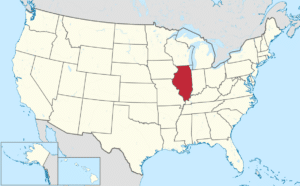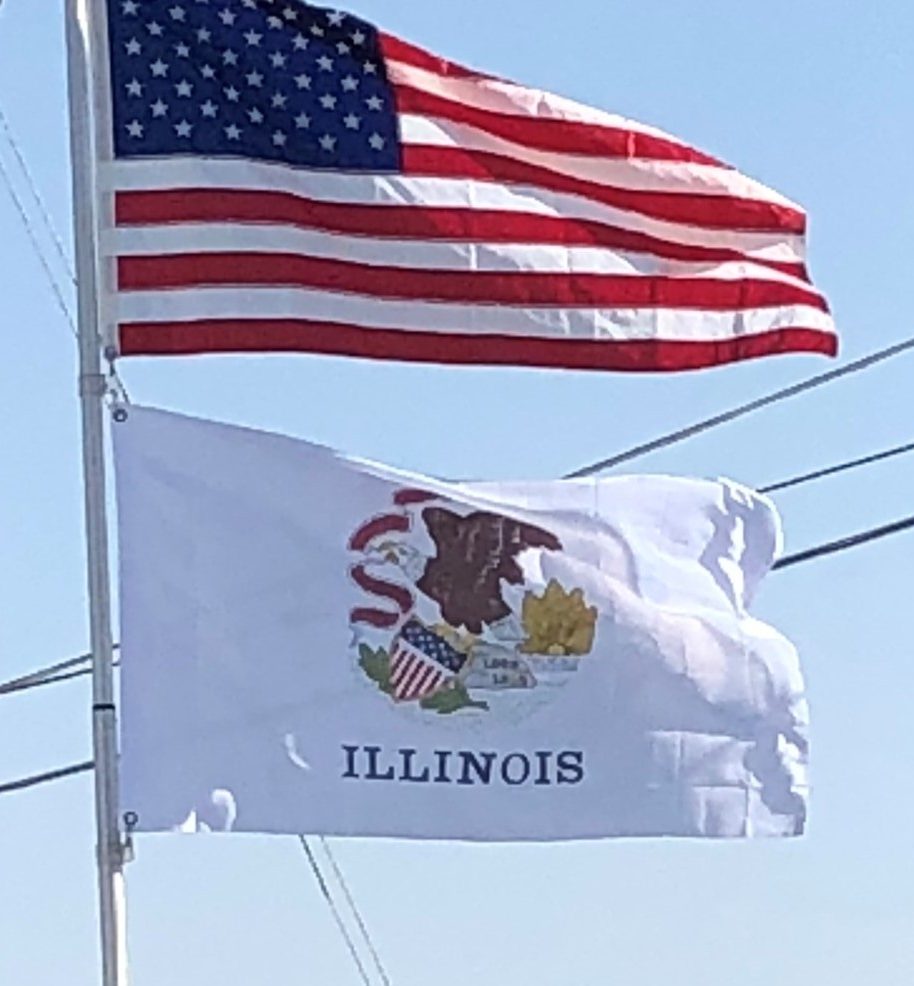Introduction:
Illinois is a state in the Midwestern region of the United States.

It is the 6th-most populous U.S. state and 25th-largest state in terms of land area, and is often noted as a microcosm of the entire United States. With Chicago in the northeast, small industrial cities and great agricultural productivity in northern and central Illinois, and natural resources such as coal, timber, and petroleum in the south, Illinois has a diverse economic base, and is a major transportation hub. The Port of Chicago connects the state to other global ports around the world. The Mississippi River, the Ohio River, and the Wabash River form parts of the boundaries of Illinois. For decades, Chicago’s O’Hare International Airport has been ranked as one of the world’s busiest airports.
The capital of Illinois is Springfield in central Illinois. Although today the state’s largest population center is in and around Chicago in the northeastern part of the state, the state’s European population grew first in the west, with French who settled along the Mississippi River, and gave the area the name Illinois Country. After the American Revolutionary War established the United States, American settlers began arriving from Kentucky in the 1780s via the Ohio River, and the population grew from south to north. In 1818, Illinois achieved statehood becoming the 21st state to join the United States. After construction of the Erie Canal increased traffic and trade through the Great Lakes, Chicago was founded in the 1830s on the banks of the Chicago River, at one of the few natural harbors on southern Lake Michigan. John Deere‘s invention of the self-scouring steel plow turned Illinois’s rich prairie into some of the world’s most productive and valuable farmland, attracting immigrant farmers from Germany and Sweden. The Illinois and Michigan Canal (1848) made transportation between the Great Lakes and the Mississippi River valley faster and cheaper. New railroads carried immigrants to new homes, as well as being used to ship commodity crops to Eastern markets. The state became a transportation hub for the nation.
By 1900, the growth of industrial jobs in the northern cities and coal mining in the central and southern areas attracted immigrants from Eastern and Southern Europe. Illinois was an important manufacturing center during both world wars. The Great Migration from the South established a large community of African Americans in the state, including Chicago, who created the city’s famous jazz and blues cultures.
Origin of the State Name:
“Illinois” is the modern spelling for the early French Catholic missionaries and explorers’ name for the Illinois Native Americans, a name that was spelled in many different ways in the early records. The current spelling form, Illinois, began to appear in the early 1670s, when French colonists had settled in the western area. The Illinois’s name for themselves, as attested in all three of the French missionary-period dictionaries of Illinois, was Inoka, of unknown meaning and unrelated to the other terms.
History:
Pre-European Contact:
American Indians of successive cultures lived along the waterways of the Illinois area for thousands of years before the arrival of Europeans. The Koster Site has been excavated and demonstrates 7,000 years of continuous habitation. Cahokia, the largest regional chiefdom and urban center of the Pre-Columbian Mississippian culture, was located near present-day Collinsville, Illinois.
